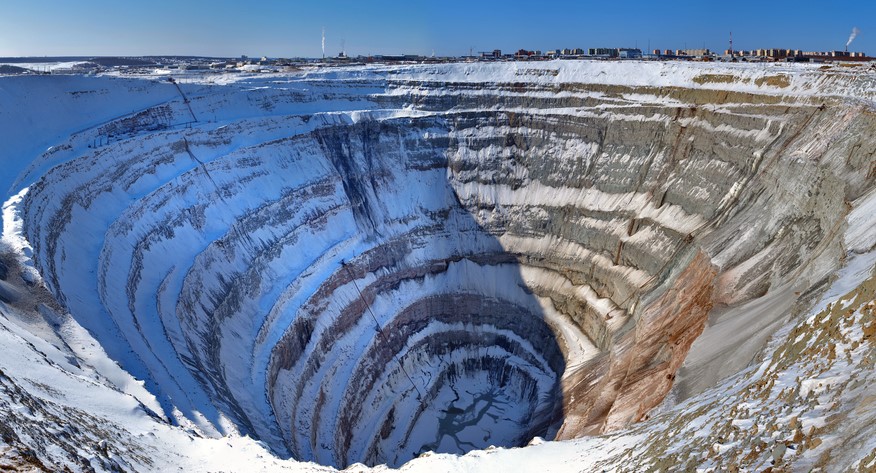Metal exchange-traded products (ETPs) have boomed off the back of energy transition efforts and despite questions being asked about their sustainability credentials, they have far outperformed most of the clean energy value chain this year.
Front and centre in Q1 was the Xtrackers Physical Rhodium ETC (XHR0) which returned 73.6% in the first three months of the year, the most across all European-listed ETFs, according to Bloomberg Intelligence.
S&P Global said rhodium’s rise since the start of the year has come as miners expect COVID-19 compliance rules to loosen going forwards. The commodity also benefitted from a recovery in manufacturing orders which have buoyed its primary usage as a component in catalytic converters, and as a battery metal for electric vehicles (EV).
Other metal-specific strategies boosted by these trends include the WisdomTree Physical Palladium (PHPD) and WisdomTree Physical Platinum (PHPT) products, which returned 15.3% and 12.3%, respectively, over the past three months.
Looking ahead, platinum remains on many investors’ radars with the precious metal a key component not just in solar PVs, but also in the process of hydrogen electrolysis which currently has industrial applications and awaits wider adoption in consumer goods.
Are hydrogen ETFs more than just hot air?
Another area of keen interest for those playing the clean energy value chain are broader battery technology plays with demand driven by the growing EV market and energy storage for grid-scale utilities.
Capitalising on this are battery tech and mining-focused strategies, including David Tuckwell’s pick – the WisdomTree Battery Solutions UCITS ETF (VOLT) – and my personal favourite – the L&G Battery Value-Chain UCITS ETF (BATT). VOLT and BATT has returned 2.9% and 14.8% year-to-date (YTD), respectively, as at 15 April.
In contrast, big renewable ETFs have fallen including the iShares Global Clean Energy UCITS ETF (INRG) which dropped 24.4% so far this year highlighting how metal-focused ETPs have been comparatively more resilient than the wider clean energy trend which has driven their success.
Unlike ETFs exposed to renewable energy utilities or EV equities, the dilemma these products face is they rely on a sector traditionally frowned upon by ESG-minded investors: mining.
To a great extent, mining companies have brought this investor scepticism upon themselves. Not only are we regularly faced with stories of the ecological damage done by the extractive industry but if we look at examples such as Glencore in Congo, ESG investors will also be put off by allegations of human rights abuses and money laundering spanning more than two decades.
Not only are these kinds of misdeeds in stark contrast to the ethical investment case that is so central to clean energy and sustainable investment, but as seen with Glencore, can translate into material risk by way of shareholder action and even a subpoena by the US Department of Justice.
However, while ESG investors’ – and indices’ – initial reaction would be to exclude such miners from their investment baskets, their crucial role within the clean energy transition cannot be ignored. There is no substitute for component metals such as lithium, nickel and the ones listed above, and mining is the only way these commodities can be accessed.
ESG investors should also take heart that mining firms are aware of the needs of the increasingly demanding consumer – requiring higher metal volumes with lower carbon intensity.
Few companies are more aware of this than Russian mining giant, Norilsk Nickel. Prior to launching their own range of four metal exchange-traded commodities (ETCs), the world’s largest producer of nickel and palladium was fined $2.1bn in 2020 for spilling 17,500 tonnes of diesel in Siberia.
The company has spent the last 11 months cleaning up the damage done to the landscape and has earmarked expenditure to reduce its future impact.
Norilsk told ETF Stream that its efforts to become more sustainable began back in 1995, once it ceased being a Soviet era mining company. Over the past five years, the firm has shut down some of its high pollution sites such as its nickel factory in Norilsk, its smelting shop in the town of Nikel and its unupgradable copper smelter in Monchegorsk.
Going forward, the company has pledged $5.5bn to environmental expenditure over the next decade. It also plans to use capture technology to reduce sulphur dioxide emissions by 90% at its Polar Division site and 85% at its Kola Division by 2025, which will be aided by upgrades to 60% of its energy infrastructure, including its Talnakh Concentrator and Kola nickel electrolysis shop.
Looking ahead, it will be difficult to reconcile the sustainability narrative which attracts investors to the clean energy theme with the track record and operational risks associated with resource extraction. While miners will continue to benefit from their role in the clean energy value chain, the relative success of Norilsk and others in reducing their impact will be key to the long process of changing public perceptions.








